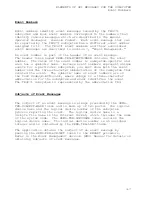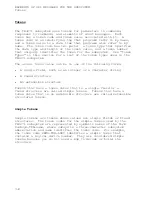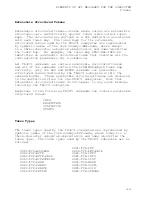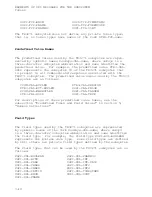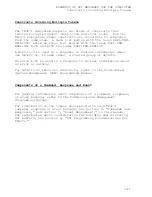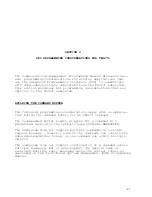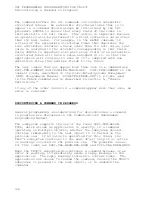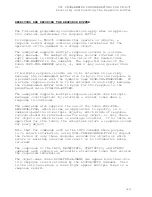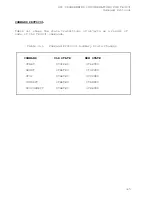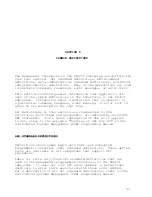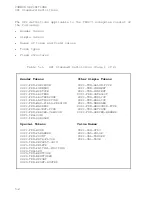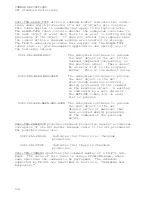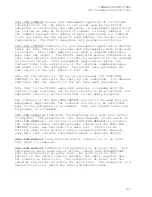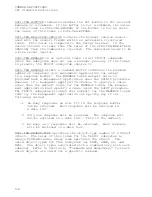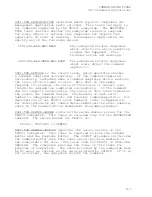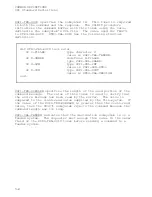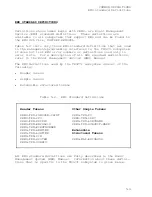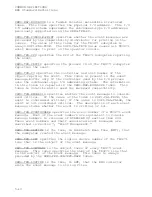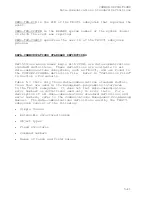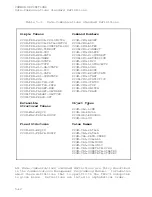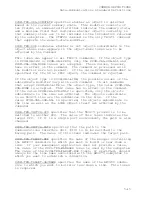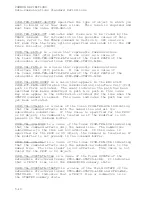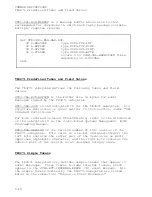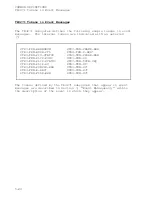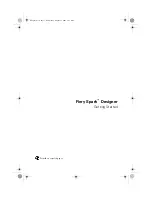
COMMON DEFINITIONS
SPI Standard Definitions
ZSPI-TKN-COMMENT allows your management application to include
information of its own which is not acted upon by the TR3271
subsystem or returned by the subsystem. A management application
can include as many as 80 bytes of comment in every command. If
the comment exceeds this number of bytes and causes a a command
to be too large for the server's read buffer, the server is not
responsible. The TR3271 subsystem only guarantees 80 bytes.
ZSPI-TKN-CONTEXT indicates to your management application whether
there are more objects to process and consequently more responses
to receive. This token applies only when a command references
more than one object. The TR3271 subsystem places information in
this token which it requires to continue execution of the command
at the next object. Your management application copies the
context token into a duplicate of the original command message
and sends it to the subsystem. The server then processes the
next object in the set, where it left off.
Once all the objects in the set are processed, the ZSPI-TKN-
CONTEXT is not placed in the reply by the subsystem. Its absence
indicates that all objects of the set have been processed.
Note that if the TR3271 subsystem receives a command with the
context token and there are no more objects to be processed, the
subsystem returns a return code that is the empty response.
The contents of the ZSPI-TKN-CONTEXT are not to be used by your
management application; the contents are only to be reflected
back to the subsystem in a command. Only one context token can
be present in a command.
ZSPI-TKN-DATALIST indicates the beginning of a data list within
a response. The presence of this token depends on the value of
ZSPI-TKN-MAXRESP. If the value of ZSPI-TKN-MAXRESP is nonzero,
the response tokens, excluding header tokens and the ZSPI-TKN-
CONTEXT token, are enclosed in a data list. There can be
multiple data lists within a single response buffer; however,
each data list contains information about a separate object.
ZSPI-TKN-ENDLIST indicates the end of a data list or an error
list within a response.
ZSPI-TKN-ERRLIST indicates the beginning of an error list. All
information about warnings or errors, except ZSPI-TKN-RETCODE
must be enclosed in an error list. An error list is only
present if the return code is nonzero; the empty response does
not contain an error list. The contents of an error list are
owned by the server returning the error list. The exception is a
nested error list, which may have a different owner.
5-5

